The Microwave Oven
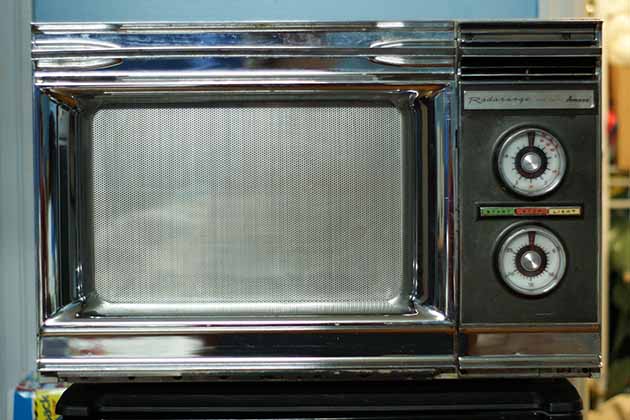
Where would we be without the microwave? Well, the invention of it was a total accident! Percy LeBaron Spencer was working with high-powered vacuum tubes, which generate short radio waves called microwaves.
While doing this, he realized the candy in his pocket had melted! He filed a patent for his cooking box not long after.
Corn Flakes

Corn flakes are a staple for some people, and it may not have been discovered if it weren’t for John Harvey Kellogg and his brother.
The two were experimenting with boiled wheat when one of them left the mash out too long. They rolled it out, and it splintered into tiny flakes. Well, boiled wheat is fine, but corn is better. The experiment was repeated with corn, and thus, corn flakes were made.
Penicillin
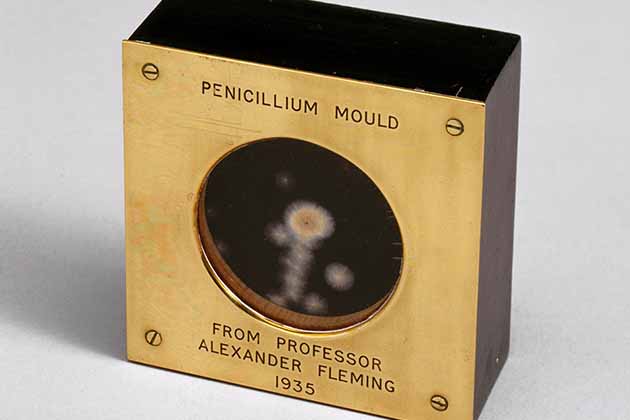
Where would the world be without penicillin? Microbiologist Alexander Fleming created this miraculous medication on accident. He added some bacteria to a petri dish and left on vacation.
When he came back, he found mold in the dish rather than a ton of bacteria. Fleming inspected it closely and discovered that the mold released a byproduct which prevented the growth of the bacteria. Penicillin was born!
Saccharin
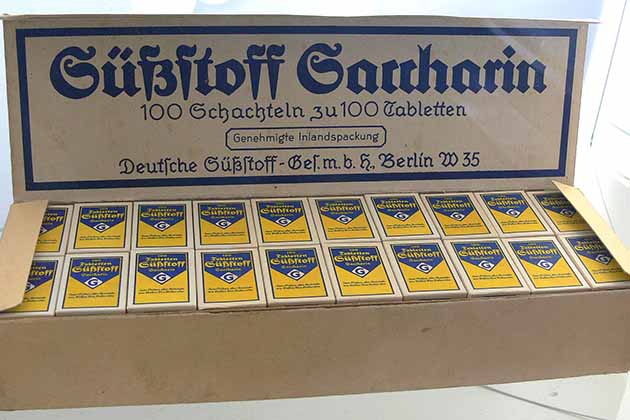
A chemist named Constantin Fahlberg discovered saccharin. He was working with some chemicals but took a break to eat some food. Strangely, his food was sweeter than normal.
He traced it back to a compound he’d been working with by the name of orthosulfobenzoic acid. Well, he quickly set up mass producing his sweetener and called it Saccharin. It became particularly popular during the sugar shortages of WWI and WWIII.
Teflon
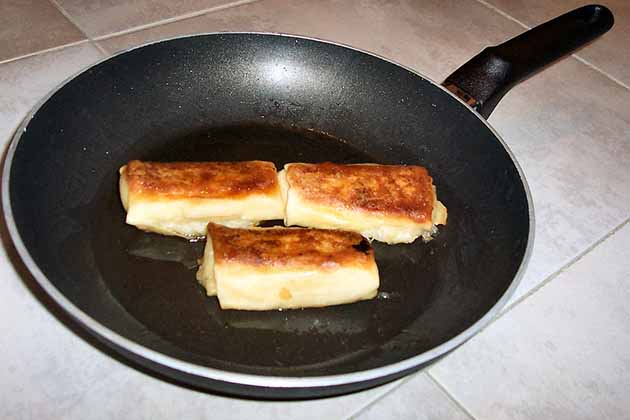
Teflon keeps your pans nonstick, but it was invented by accident thanks to Roy Plunkett. He was a chemist who was working with refrigerants and canisters of tetrafluoroethylene.
One of his canisters appeared to be empty but weighed as if it were full. After cutting it open, he found that the tetrafluoroethylene had reacted with the iron to create what we know today as Teflon.
Stainless Steel
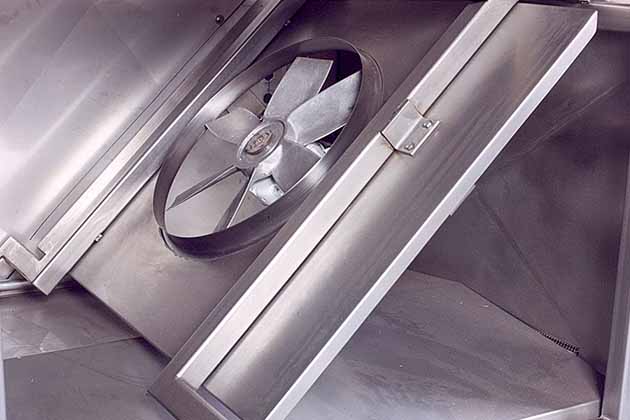
A man named Harry Brearley invented stainless steel. He was an English metallurgist who was trying to develop a gun barrel that wouldn’t rust.
After several failures, he noticed one containing 14% chromium had not. It didn’t take long for Brearley to come to the conclusion that stainless steel would be the perfect material for cutlery and tons of other things.
Chocolate Chip Cookies
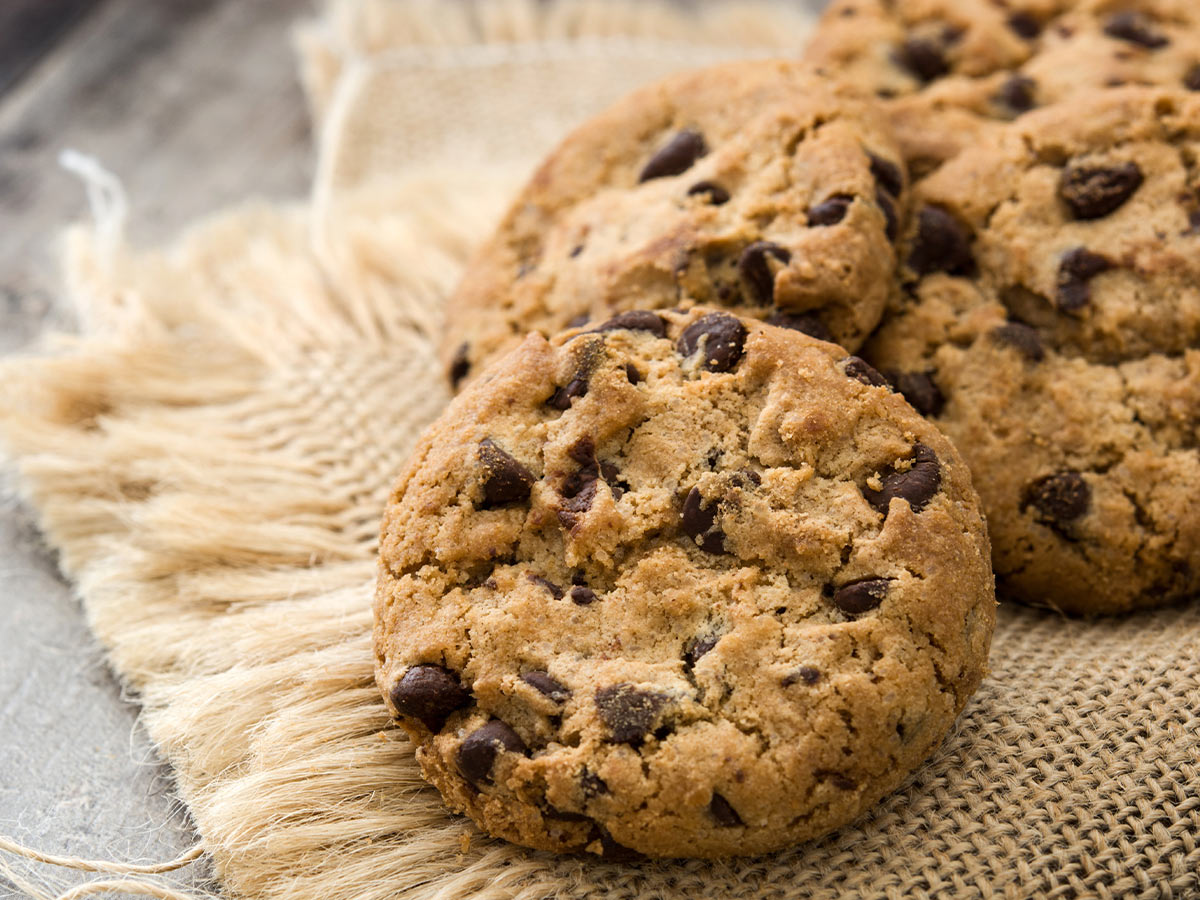
Who doesn’t love a good chocolate chip cookie? This delicious invention is all thanks to Ruth Graves Wakefield – the co-owner of Toll House Inn.
She was preparing some chocolate cookies but ran out of baker’s chocolate. Instead, she chopped up a block of semi-sweet chocolate, assuming that it would melt evenly to make chocolate cookies. Nope! She had created the first chocolate chip cookie.
Slinky

The invention of the Slinky is one of the best on the list. Naval engineer Richard James was working on a shipyard when he knocked a spring loose.
The spring landed, uncoiled itself and began to make its way down a pile of books, a table top, and finally, stopped on the floor. After two years of development, the Slinky was released to the public.
Anesthesia
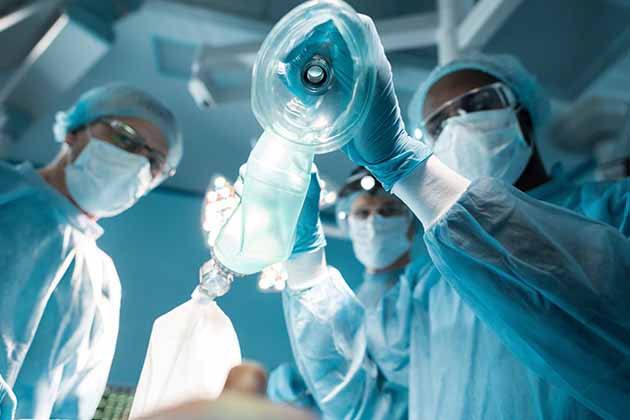
There are a few inventors for anesthesia including Crawford Long, William Morton, and Charles Jackson. Before these three came along, gases like nitrous oxide had been used recreationally.
Well, they thought it could be used as an effective sedative during medical procedures. Eventually, surgeons started to use it during surgeries, which paved the way for modern anesthetics.
The X-Ray Machine

Physicist Wilhelm Conrad Rontgen was working with a tube of special gas that had been covered in heavy black paper. When he passed electricity through it, he noticed a barium-coated screen across the lab glowing.
The tube was putting out an “invisible light” or ray. He didn’t know what it was called, so he called it an “X-ray.”
Safety Glass
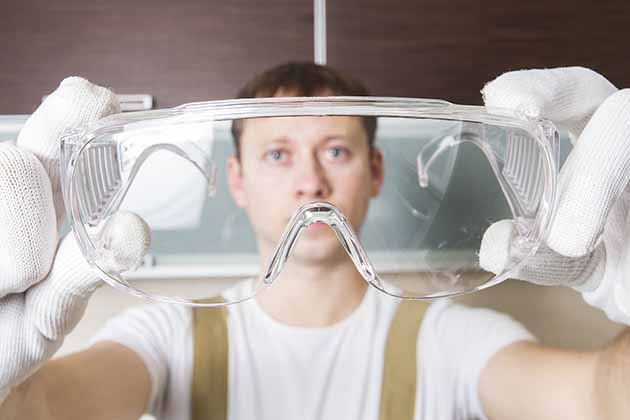
This happy accident was discovered by Édouard Bénédictus. When he was working in his lab, he accidentally knocked a beaker from a high shelf.
To his surprise, it didn’t bust when it hit the ground. His assistant told him that the beaker had been coated with cellulose nitrate, a clear plastic. He filed a patent for his discovery in 1909, and it’s been in production ever since.
Dynamite
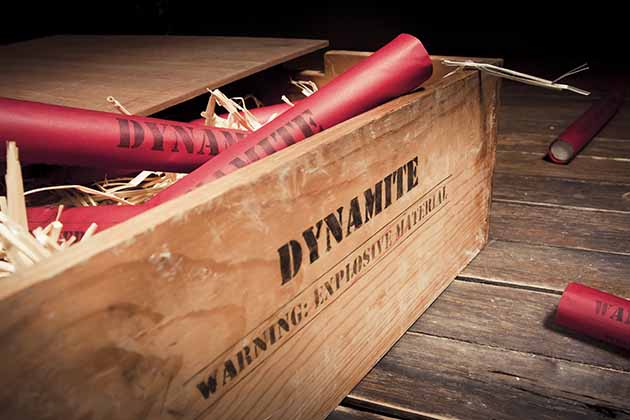
Gunpowder and nitroglycerine aren’t new, but nitroglycerine was extremely unstable. For this reason, many people didn’t work with it.
However, Alfred Nobel accidentally discovered that you could tame the substance by mixing it with kieselguhr – an off-white powder used as a filler. It stabilized the nitroglycerine to a point where it could be inserted into a container that was easy to transport.
Implantable Pacemakers

This one is a joint effort between Wilson Greatbatch and William Chardack. Greatbatch accidentally used the wrong transistor while working on a piece of equipment that was supposed to record heart sounds.
The machine then started to give off an electrical impulse that mimicked the heart. Greatbatch presented it to Chardack, a surgeon, and the two successfully created this lifesaving invention.
Velcro
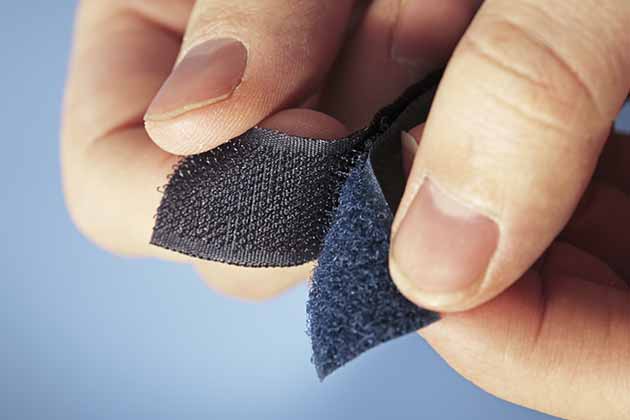
George de Mestral, a Swiss engineer, was on a hunting trip when he noticed burrs sticking to his dog’s fur. It took him a while, but he was able to replicate it in his laboratory.
NASA then came along and began using the invention in its space program as the “zipperless zipper.”
Super Glue
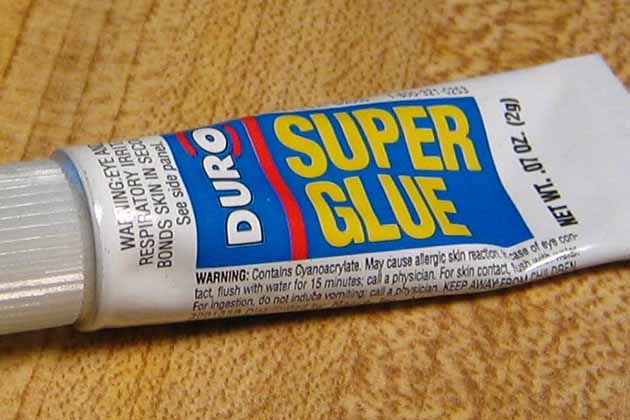
Researcher Harry Coover was working on plastic lenses for gun sights when he accidentally discovered an adhesive made from cyanoacrylate. Well, Coover felt like it was far too sticky to be useful, especially for gun sights.
Thankfully, it was rediscovered years later and is sold all over America under the trade name “super glue.”
Champagne

Monks actually invented Champagne! The monks tried to make wine, but the colder months would stop the fermentation. Then, during the spring, there would be a lot of excess carbon dioxide in the wine bottles.
The Catholic Church brought in another monk, Dom Pierre Perignon, to fix the issue, but there wasn’t an issue. People liked the drink, and Perignon made the drink even fizzier.
Plastic

Shellac was once the material of choice when insulating, but it wasn’t cheap to import. That’s when chemist Leo Hendrik Baekeland tried to make a cheaper alternative.
When he attempted to make his own, he created a moldable material that could be heated to high temperatures without being distorted. Well, he didn’t make insulation, but he did make plastic.
Matches
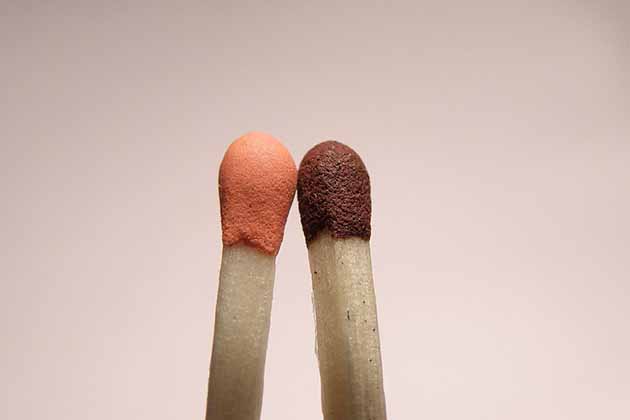
Matches were discovered in 1826 when John Walker accidentally drug a stick coated in chemicals across his hearth. The stick caught on fire, and he realized what he had on his hands.
Walker called them “Friction Lights.” They were originally made out of cardboard, but he eventually swapped to wooden splints and sandpaper.
Vulcanized Rubber
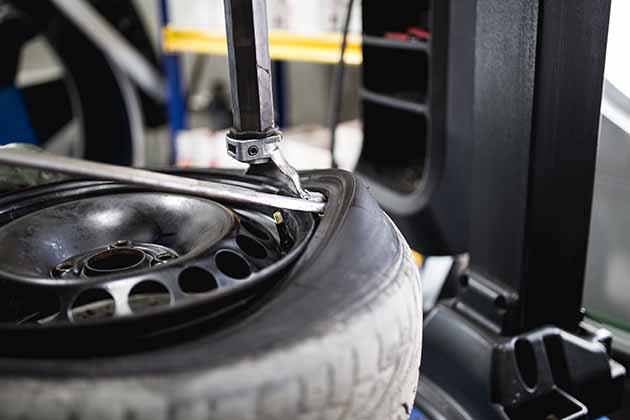
Charles Goodyear is the inventor of vulcanized rubber. He had spent ages trying to create a waterproof rubber.
While messing with natural rubber and sulfur, he accidentally dropped the mixture on his heated stove. It charted and hardened, and he realized the possibilities.
Viagra
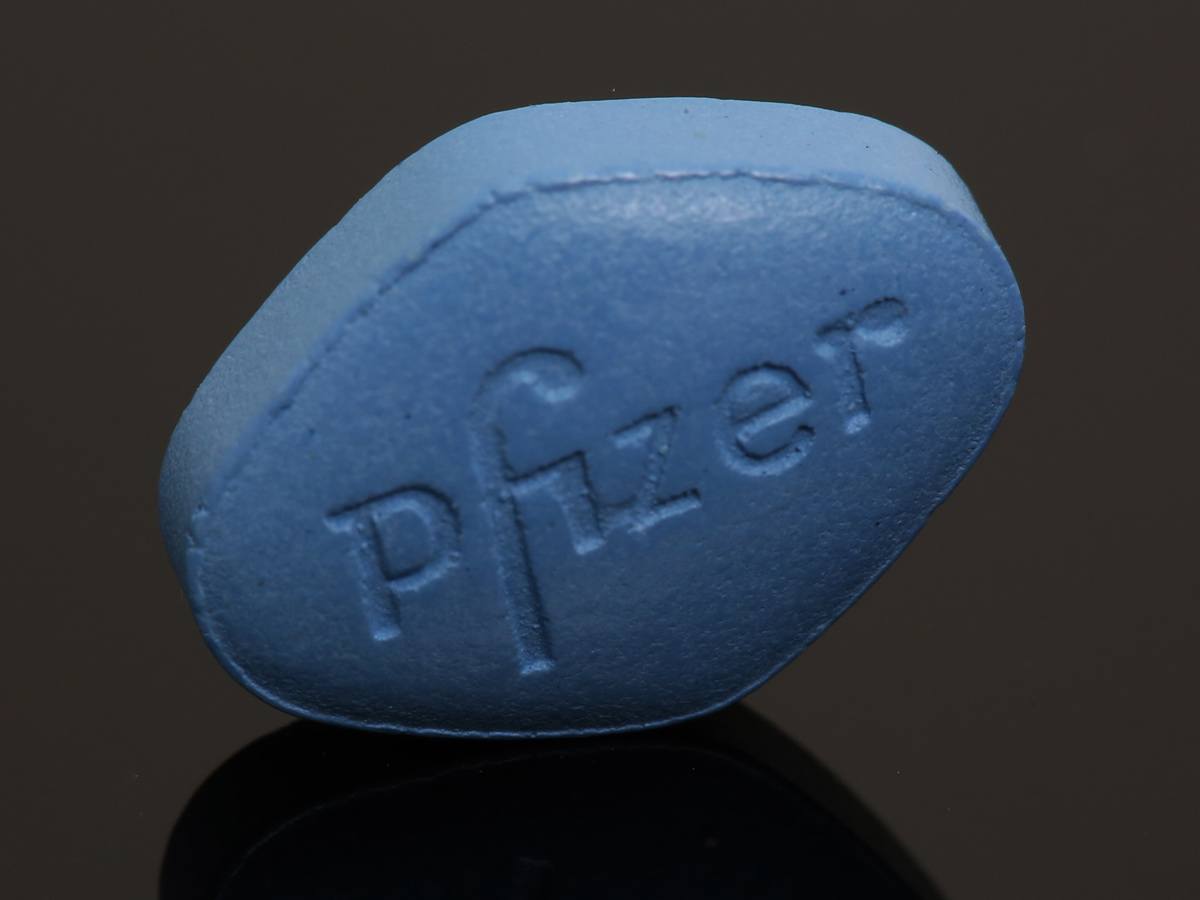
Viagra is one of the most popular medications of all time, but it wasn’t invented for its current use. Viagra was actually marketed to treat angina.
A drug trial discovered that it didn’t help angina patients, but it did a little something else. That’s when the marketers realized they’d found something else entirely.
Smart Dust
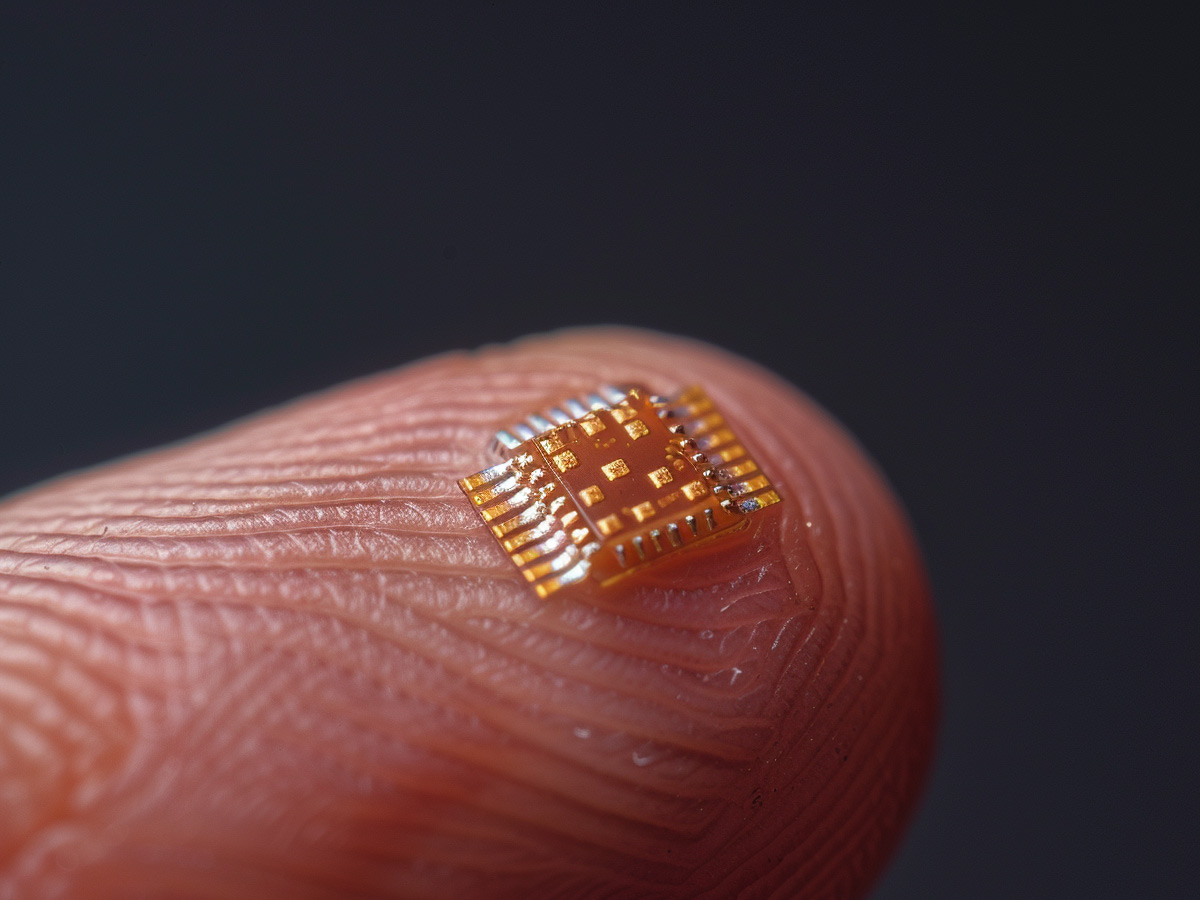
Smart dust is an extremely modern invention that can be used for a number of things like 3D printing on a microscale, detecting deadly tumors, and as a biological agent.
Jamie Link discovered smart dust when she accidentally destroyed a silicon chip. However, the chip wasn’t completely useless. The individual pieces were still functioning as sensors.
Dry Cleaning

Jean Baptiste Jolly is the man many people see as the inventor as dry cleaning. He discovered this new cleaning method when his maid accidentally knocked over a kerosene lamp on a tablecloth.
Jolly noticed that the kerosene cleaned the cloth. It was then that he began working toward the idea of the first dry cleaner.
Botox Treatments

Botox is relatively new. It was invented in the 1980s when an ophthalmologist was testing out a treatment for crossed eyes.
While his invention helped crossed eyes, it also had other side effects. The treatment lifted the face, and this led to the Botox we all know today.
Safety Pins
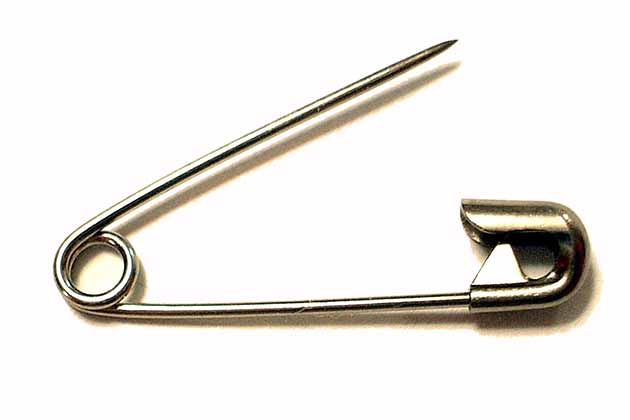
Walter Hunt is the man that invented safety pins. While he was sitting at his desk thinking, he was playing around with some wire.
He kept twisting and turning until the wire was coiled enough to clasp onto itself. On April 10, 1849, he patented his idea for the safety pin.
Bubble Wrap

Bubble wrap was made by two people: Alfred Fielding and Marc Chavannes. The two were trying to make a bubbly wallpaper, and they made what we know today as bubble wrap.
Well, the bubbly wallpaper idea didn’t work out, but the two didn’t give up. They marketed it as greenhouse insulation and, in 1960, protective packaging.
Potato Chips

Potato chips are undoubted one of the most popular snacks out there. It was discovered by George Crum, a chef at a lodge resort in New York. One of his customers complained that their French-fried potatoes were too thick and mushy.
Well, Crum decided he’d slice it as thin as he could and fry it until they were brown. Crum served the dish and patrons loved it.
Brandy
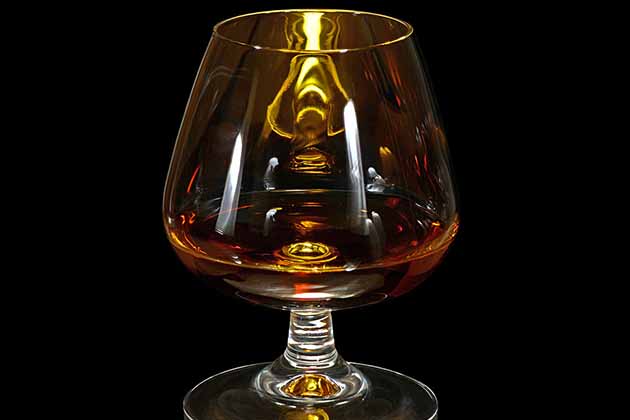
Brandy was discovered by a Dutch shipmaster, who was trying to figure out a way to make wine easier to transport. He tried to use heat to concentrate the alcohol and add water when it arrived.
It worked, but he liked the concentrated wine better the stuff diluted the water, so he branded it “brandewign.” Today, we know it as brandy.
Tea Bags
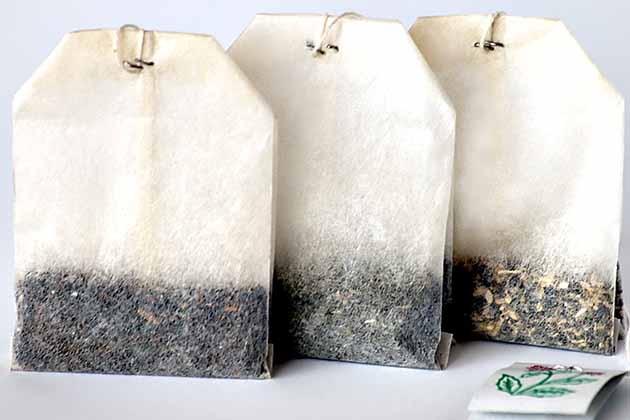
We’re not sure who invented tea bags for sure. In 1901, two women filed a patent for a “Tea-Leaf Holder” made out of mesh, but the invention is credited to Thomas Sullivan.
In 1908, Sullivan shipped tea samples in small silk pouches. He didn’t intend people to use them as tea bags, but customers did anyway. They loved the convenience of it, so he ran with it.
Vaseline
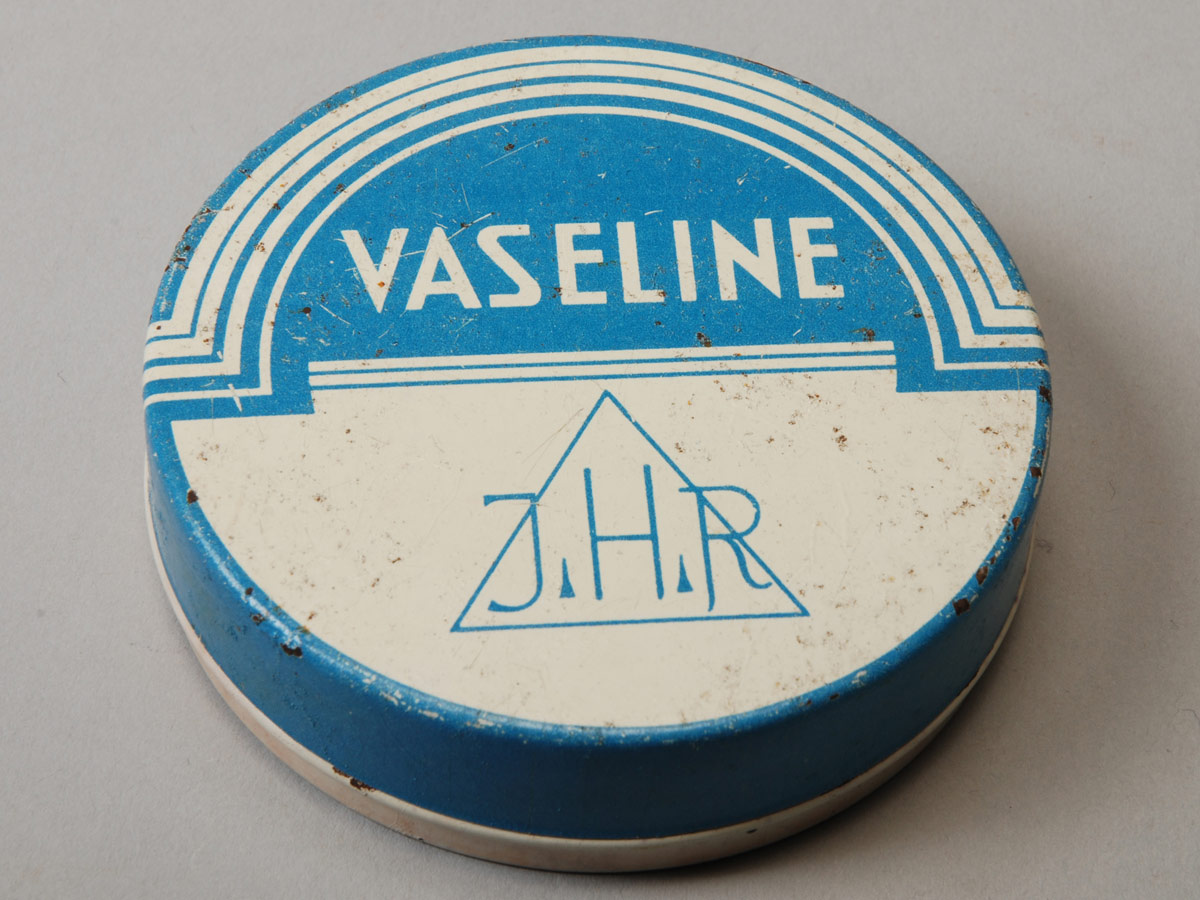
Vaseline was discovered by chemist Robert Augustus Chesebrough, who was excited about what petroleum could do. While watching men drill petroleum, he noticed that the men would use a byproduct to heal cuts and burns.
After a little experimentation, he turned this observation into Vaseline.
Quinine

Quinine is made from the bark of the cinchona tree and was supposedly discovered by a South American Indian.
While suffering from malaria, the man accidentally swallowed some of the bark when he drank from a pool of water. The tree was initially thought to be poisonous, but his quick recovery rate told a different story.
 Author
Ron Winkler
Last Updated: November 24, 2025
Author
Ron Winkler
Last Updated: November 24, 2025